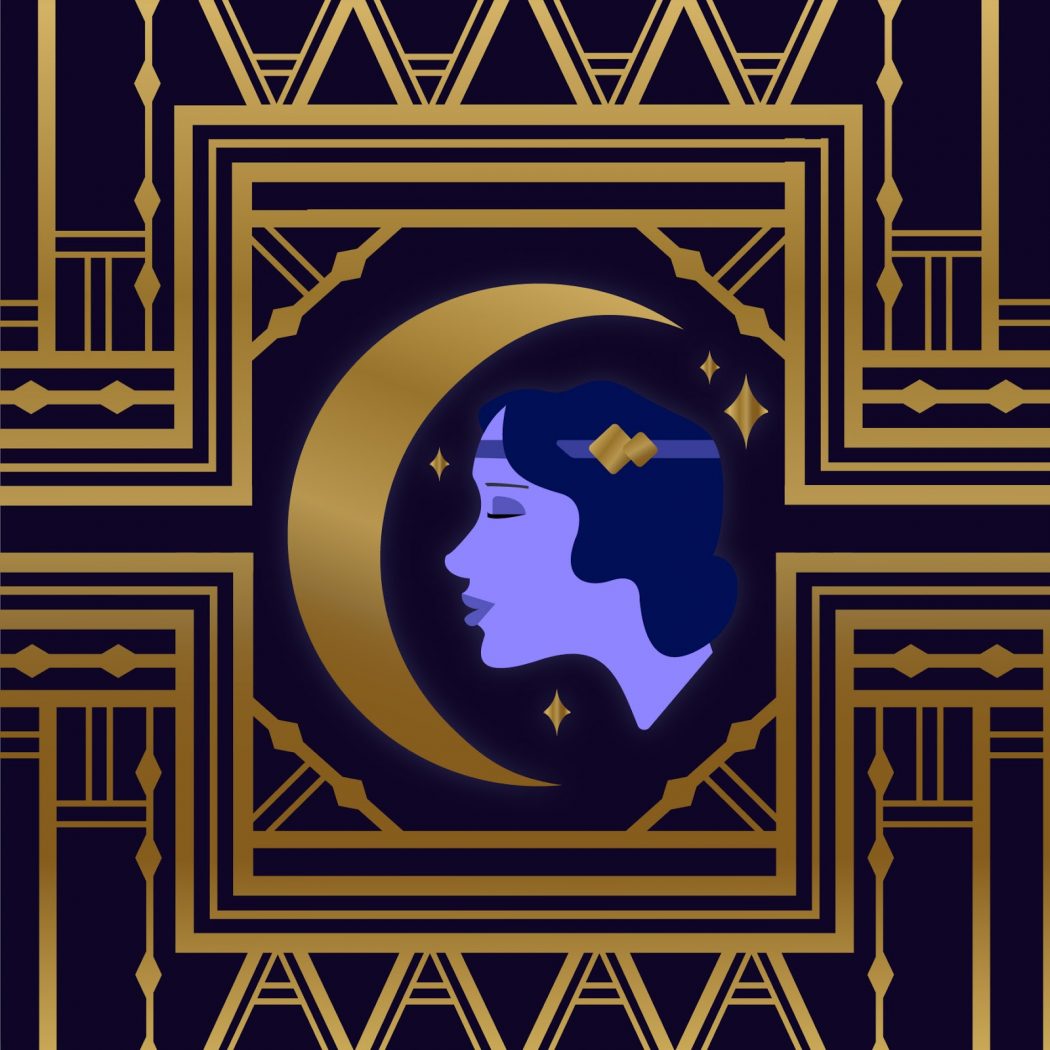An exploration into modern romantic archetypes
Since ancient times, we believe stories have largely remained the same. This is probably due to the success of certain structures, methods of storytelling and thematic elements. Among these, one of the most prominent components is the archetype. Most aptly defined as a collection of key characteristics housed in a single character, the archetype has proved to be a lasting and crucial part of storytelling. We attribute this to the fact that archetypes are familiar and reliable regardless of setting and are able to be refashioned to represent the desires or fears of each era.
Take the classic mentor trope. From Dumbledore in “Harry Potter” to Jennifer Lopez’s Ramona in “Hustlers,” these typically older, refined versions of the protagonist are recognizable across time, age, sex, socioeconomic status, race, ethnicity, genre and medium. They are usually represented as wise, humble, altruistic and with one goal in mind: to prepare and guide the growth of the protagonist (usually yet another archetype, the hero). Despite their different iterations, the mentor represents our collective desire for someone more experienced (and has our best interests at heart) to guide us on a clear-cut path to success.
There are a myriad of ways to revise, reapply or re-examine these archetypes to appeal to our different romantic preferences and ideas. Of all the archetypes and their modern iterations, we have chosen four of the most common (two female, two male) to discuss. For better or for worse, these archetypes have developed over centuries and continue to appear in today’s storytelling.
To begin, the “femme fatale” archetype is usually represented as an attractive woman who brings tragedy or suffering to the protagonist. French for “deadly woman,” she is described in the TVTropes Wiki: “First, she turns you on. Then, she turns on you.” This archetype is a modern manifestation of the ancient idea of portraying chaos in the feminine. Among them, the Babylonian creation myth said the world was born after the feminine representation of chaos, Tiamat, was defeated by Marduk, the masculine representation of order. In its many modern iterations, the prominence of the femme fatale suggests some men want women who threaten to upset the stability of their lives.
Other examples include Catherine Tramell’s Sharon Stone in “Basic Instinct” or Delilah from the Bible.
As philosopher Friedrich Nietzsche said, “The secret of reaping the greatest fruitfulness and the greatest enjoyment from life is to live dangerously.”
Association with the femme fatale is a sure way to do that, no matter how short-lived it may be.
The girl next door often plays opposite pitted against the femme fatale. She normally offers a more desirable alternative once the protagonist has matured. This character is sweet, kind, approachable, somewhat naive and supportive of the main character (again, usually the hero, or the leading man). The girl next door is often taken in a literal sense, living relatively close to the protagonist. This is most commonly exemplified in some sort of childhood friend capacity. Think Joey from “Dawson’s Creek,” or Betty from the first few episodes of “Riverdale.” The TVTropes Wiki states this character embodies a “wholesome sort of femininity,” resigned to the background while the more alluring femme fatale takes the stage (and the attention of the protagonist). While the femme fatale offers promiscuity and adventure, most men in these stories eventually turn back to the girl next door as true companions and “wife material.”
The beast refers to a dangerous man and usually shares similarities or characteristics of the more common bad boy or antihero. His defining characteristics include attractiveness, confidence, intelligence, charisma and natural animal magnetism. He also often gets away with being ruthless, brutish or acting violently. In the post “Twilight” era of supernatural teen dramas, the beast stock character can even be seen as a vampire or a werewolf, showing how far we have allowed ourselves to lean into this archetype. The only difference between the beast and a complete psychopath is, like the bad boy, he can be tamed by the right girl. Very much like (you guessed it) Prince Adam in Disney’s “Beauty and the Beast.” He’s a beast to the world but a companion and protector to one special girl. Other popular representations include Hyde from “That 70’s Show” or Han Solo from “Star Wars.”
The leading man — in a romantic context — is brave, intelligent, relatively stable, attractive, resilient, charismatic and witty. He basically represents everything the average woman should want. This man is unwavering in the pursuit of his goals, women in general or even just a certain woman. Typical leading men include Ryan Gosling in “La La Land,” Ryan Gosling in “Crazy, Stupid, Love”, or Ryan Gosling in “The Notebook.” His behavior could be, at times, borderline obsession, but this is frequently brushed over or excused as passion because of the aforementioned positive qualities.
Jay Gatsby is the perfect example of the dark side and the dangers of the leading man. He is undoubtedly wealthy, charismatic, generous and maintains just enough mystery to make him much more attractive. Furthermore, he devotes every aspect of his life and success to his one true love, Daisy. But Gatsby also represents a cautionary tale for the audience in the allowances we make for the leading man. Instead of viewing Gatsby as a stalkerish creep who refuses to let go of an adolescent fling, the portrayal of his redeeming qualities encourages the audience to root for him.
We must remain aware of these two-dimensional tropes and the strength of their influence. These archetypes can heighten positive traits to unattainable standards and project bad ones in a more fashionable, romantic or desirable light. But the truth is nothing is more alluring than a person who is unabashedly themselves: flawed in a way that isn’t always cute but three-dimensional and wholeheartedly original.

